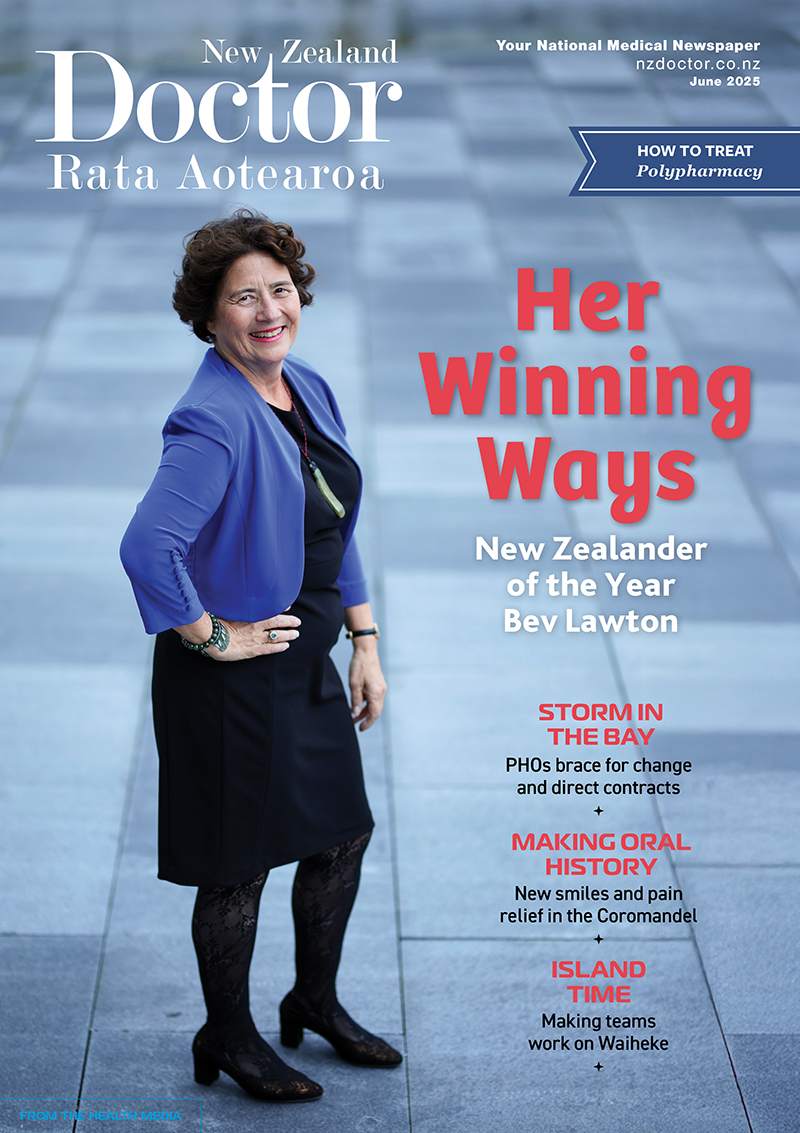For older people and frail people, the long-term benefit of medicines reduces and the potential for harm from adverse effects increases. When the benefit–risk balance changes in this way, medicine review and optimisation are important to simplify the therapeutic regimen, reduce inappropriate medicines and minimise risks. In this article, pharmacist prescriber Linda Bryant uses two case studies to illustrate important considerations during medicine reviews
Figuring the figures

Finance minister Grant Robertson delivered the largest-ever increase in health spending in Budget 2022. On the surface, health’s $24 billion looks like a decline on last year’s $24.4 billion but the spend no longer covers disability services and has also lost some of the previous largesse for COVID. The $11.1 billion increase touted by Mr Robertson is for cost pressures, such as demographic changes, and new initiatives. In addition, there is funding for the new health agencies and to settle the deficits of the DHBs. Mr Robertson also took a new approach aimed at providing more certainty for health funding. The multi-year funding model begins with a two-year package of investments (where the $11.1 billion sits) through Budget 2022 and Budget 2023, before eventually moving to a three-year funding cycle from Budget 2024 to support the first New Zealand Health Plan
Kia ora and welcome to New Zealand Doctor Rata Aotearoa
Not a subscriber? Unlock this article by subscribing here.



